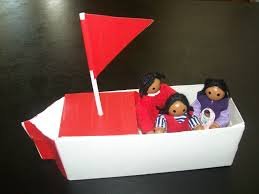I spent almost 2 years working a hybrid design, approx. 56'. I spent a lot of time with Bill Crealock on design and engineering, a lot of time with his design engineer and about two weeks in Atlanta at Siemens specing (?) out systems. Siemens has worked on electric boats since about 1890, they still haven't found a reason to build one. At the end of the day, we could find no practical benefit to a hybrid system. It still takes the same HP (or Kw), to move a given mass through the water, no matter the source of the energy consumed. Unlike Greenline, we were looking at a system where the diesel was used only to drive a generator. Propulsion was always electric, i.e. the diesel produced electricity to drive the shafts. There was no "switching" between the two. There were no significant fuel savings, even the Siemens engineers admitted that 3-5% fuel savings would be the best obtainable. Running on batteries was just a ridiculous concept as shown by the Greenline, 10 miles at 6-5 knots? We calculated about the same and that was with a massive, and I mean massive, battery bank. There was some ability to lessen the complexity. A 56' trawer will twins will also usually have two generators as well, ay a 20kw and an 8 kw. We came up with a system that only had two diesels, one "propulsion" generator driving two electric motored and one generator driving everything else electric, but not directly. The generator only charged batteries and the entire house system was run off the batteries through inverters.
Oddly enough, the biggest benefit we found was that a hybrid system, at least on a 56", could take up about 70-75% of the space of a traditional direct drive, thus making a lot of midships, full beam space available for living area. The engines can be placed anywhere in the ER, both enclosed in full sound shields. The electric engines on each shaft were only abour 26" x 18"x12". So the area normally taken up by the diesel in front of the shaft was no longer ER.
In our design, the additional cost, over a traditional system, was between $150K and 200K. That cost just could not be justified.








